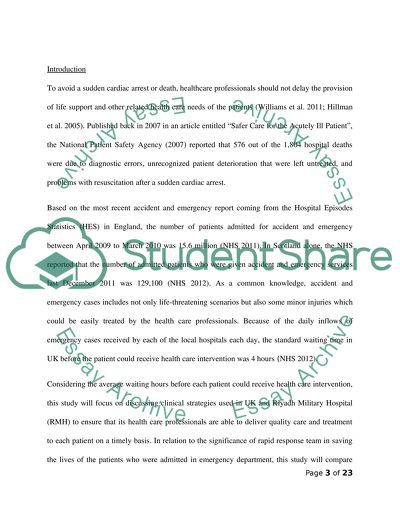Cite this document
(“Critical review of the patient's rapid response to the team policies Essay”, n.d.)
Retrieved from https://studentshare.org/nursing/1396779-critical-review-and-critique-acute-patient-rapid
Retrieved from https://studentshare.org/nursing/1396779-critical-review-and-critique-acute-patient-rapid
(Critical Review of the patient'S Rapid Response to the Team Policies Essay)
https://studentshare.org/nursing/1396779-critical-review-and-critique-acute-patient-rapid.
https://studentshare.org/nursing/1396779-critical-review-and-critique-acute-patient-rapid.
“Critical Review of the patient'S Rapid Response to the Team Policies Essay”, n.d. https://studentshare.org/nursing/1396779-critical-review-and-critique-acute-patient-rapid.


